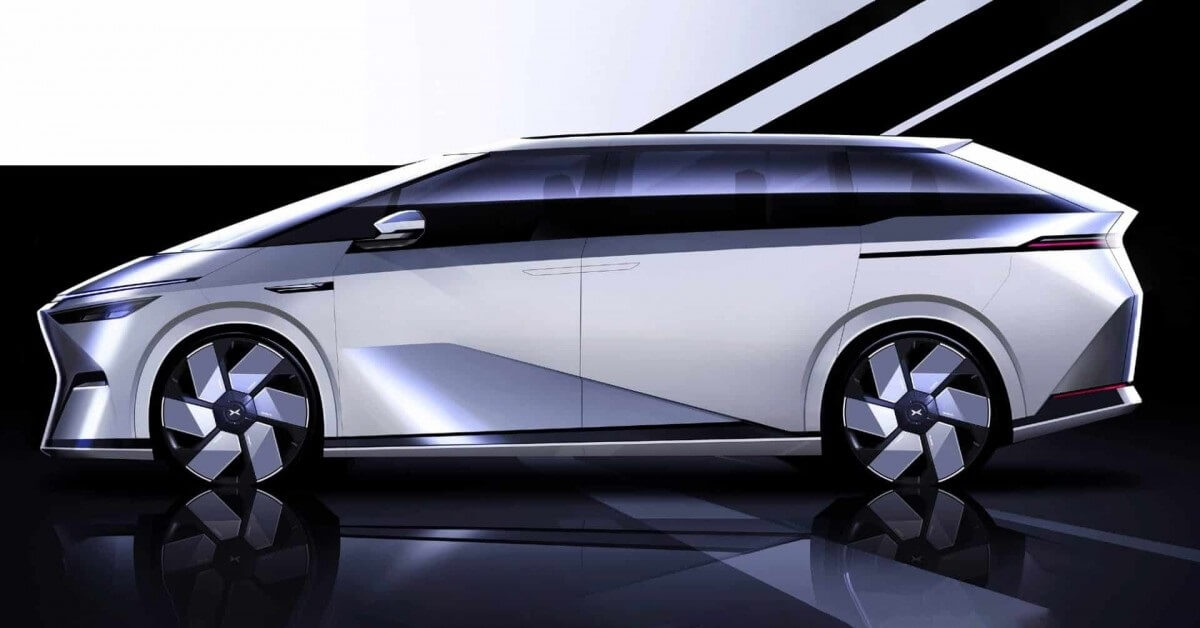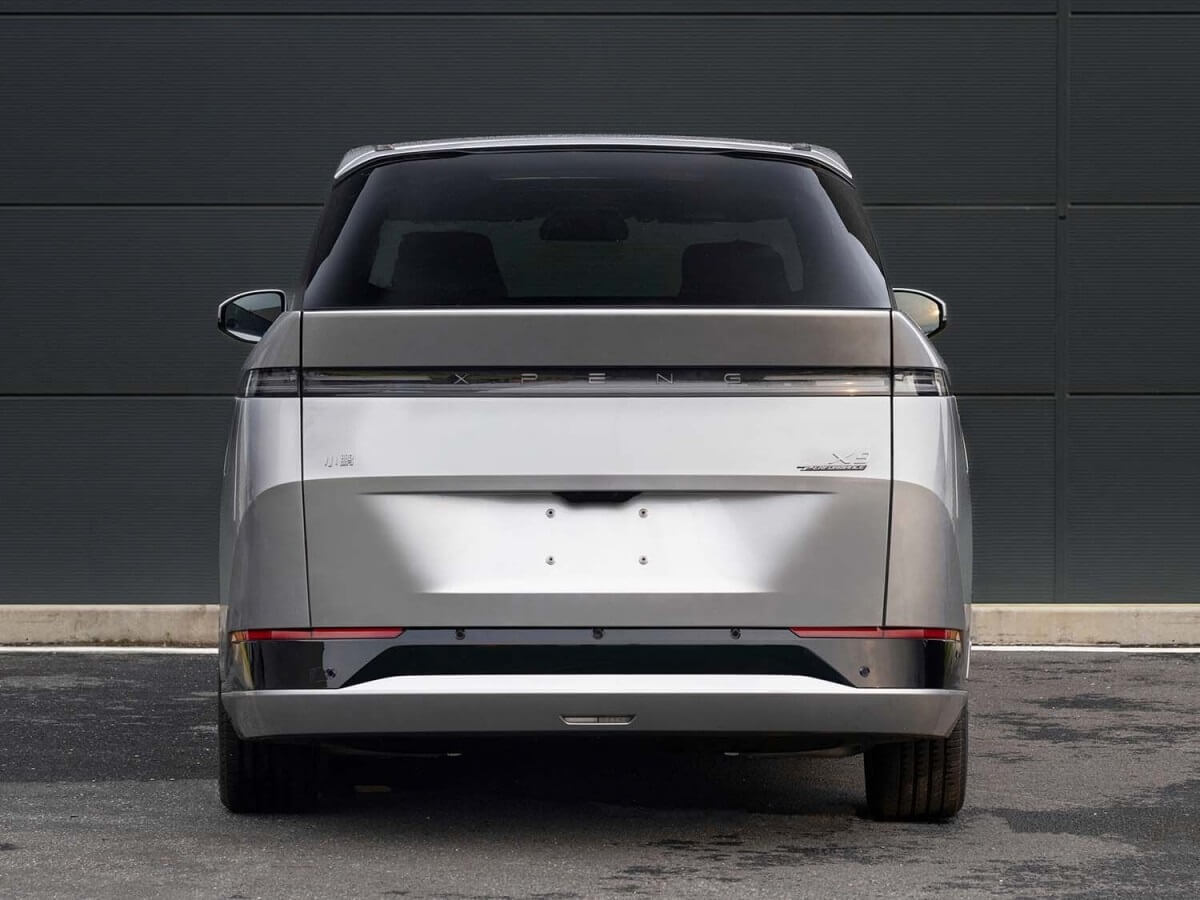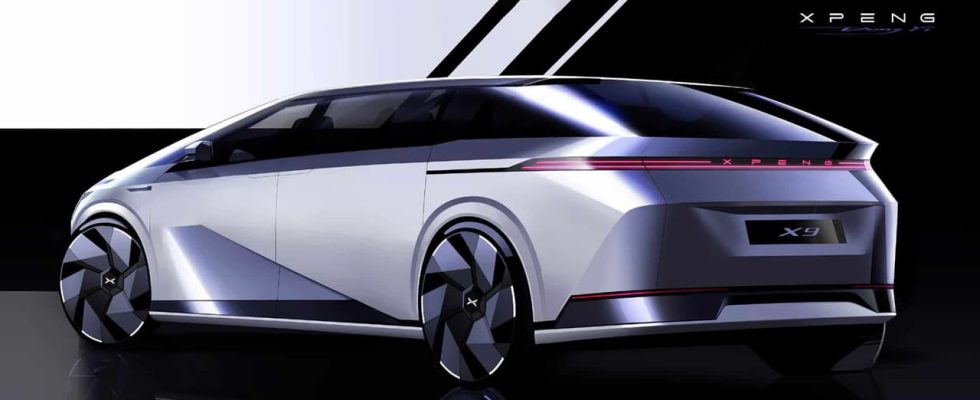XPengThe fact that it will introduce its highly anticipated X9 MPV on October 24 has created excitement among electric vehicle enthusiasts and industry leaders. Final render images and XPengRumors that it will be unveiled for the first time at the upcoming Technology Day excited the automotive community.
The journey to this launch began in February when we got our first look at the new electric MPV. In May, XPeng’s CEO He Xiaopeng confirmed the vehicle’s development and gave it a name: X9. Aiming to make its mark on China’s growing MPV market, XPeng had a mission.
In August, the X9 showed off a semi-camouflaged look under camouflage, hinting that it would soon be unveiled to the public. By September, XPeng had completed its regulatory paperwork, solidifying its intentions in the electric MPV segment with the sales permit application and homologation received from the Ministry of Industry and Information Technology (MIIT).
Thanks to the MIIT application, we now have a clear picture of the dimensions of the X9. It has impressive dimensions, measuring almost 5.3 meters long, 5,293 mm long, 1,988 mm wide and 1,785 mm high. Despite its dimensions, it promises comfort with its wide wheelbase of 3,160 mm and offers seating space for 6-7 people across three rows.
X9 does not compromise on power. Potential buyers will have a choice of two models: a single or dual-motor version. The only front-wheel drive version equipped with an Eve Energy lithium iron phosphate (LFP) battery packs a solid punch with 235 kW of power. The twin-motor version kicks it up a notch with 235 kW at the front and an additional 135 kW at the rear, delivering a maximum power output of an impressive 370 kW (equivalent to 496 hp). This powerhouse is backed by a Nickel Manganese Cobalt (NMC) battery supplied by CALB.

XPeng has made important moves recently. Volkswagen took a 5% stake in the company and gained access to XPeng’s electric vehicle architecture for its flagship G9 SUV. The partnership between the two companies also includes plans to launch new electric vehicles in China using this platform. Additionally, XPeng acquired Didi’s electric vehicle division, which aims to produce affordable electric vehicles for the ride-hailing market under the Mona brand.

XPeng’s seventh model, the X9, marks the company’s entry into the MPV segment. MPVs have gained popularity among Chinese customers, and electric MPVs are no exception. With tough competition from vehicles like Li Auto’s Li Mega, Zeekr’s 009, Volvo EM90 and BYD’s Denza D9, it will be interesting to see how the X9 positions itself in this competitive environment.
